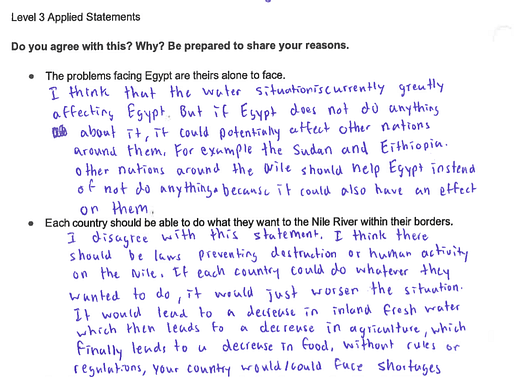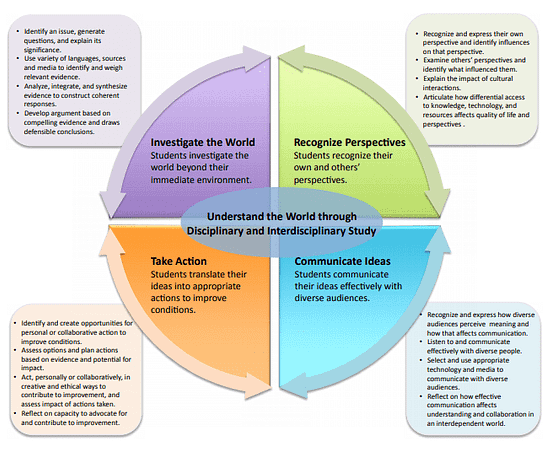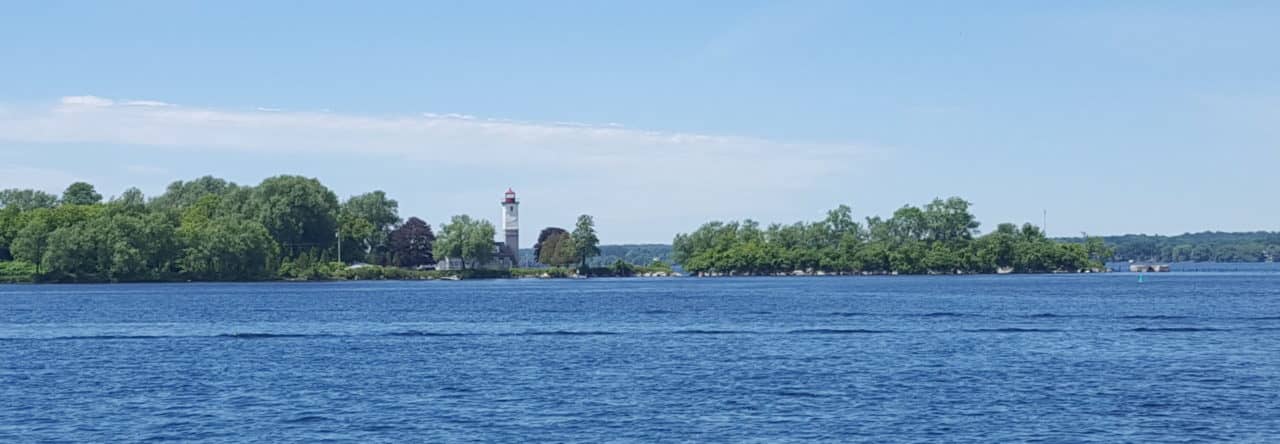What kind of students do we want to create? Ones that can memorize specific facts that are easily accessible? Ones that can work with others to come up with solutions to problems they are facing? The state of education in this country has not changed in well over a century. Societal changes have far outpaced the changes to our educational system. It is time that we start looking at how we can best prepare our students to be successful in the global society in which we live.
Global Education: An interdisciplinary approach to learning concepts and skills necessary to function in a world that is increasingly interconnected and multicultural.1

Globally Competent Students:
- Do not seek a pre-established “right answer”
- Analyze, integrate, and synthesize evidence
- Listen to and communicate effectively with diverse people
- Reflect on their capacity to advocate for and contribute to improvement locally, regionally, or globally

Educating for global competence: Preparing our youth to engage the world.
New York: Asia Society. Page 12.
Why Teach for Global Competence?
- Global competence is necessary for employability in the global economy
- Global competence is necessary for living cooperatively in multicultural communities
- Global competence is necessary for young people to communicate and learn effectively and responsibly with old and new media
- Global competence is necessary for achieving the United Nations’ Sustainable Development Goals2
“Preparing our youth to participate successfully in a world of increasing social, cultural, ethnic, linguistic, and religious diversity will require teaching them about the qualities — the history, languages, geography, and cultural contributions — of peoples the world over.”3
Teaching and Leading for Global Education Presentation
This presentation was put together using Prezi to give to the faculty at my school. Clicking on the image will bring you to the presentation.
Classroom Strategies
There are numerous ways that we can begin to make the transition to a more global education. Some common strategies include:
- Integrating global topics and perspectives across content areas.
- Providing opportunities for authentic engagement with global issues
- Connecting the global experiences of students and teachers in the classroom4
1 “What Do Globally Competent Students Look Like?” Web Blog Post. Global Education. Participate Learning, 26 April 2017.
2 Asia Society/OECD. (2018) Teaching for Global Competence in a Rapidly Changing World. Asia Society, New York. Pages 10-11.
3 Boix Mansilla, Veronica & Jackson, Anthony. (2011). Educating for global competence: Preparing our youth to engage the world. New York: Asia Society. Page 4.
4 Tichnor-Wagner, Ariel. (2016) “A Global Perspective: Bringing the World into Classrooms.” Education Week Teacher.

